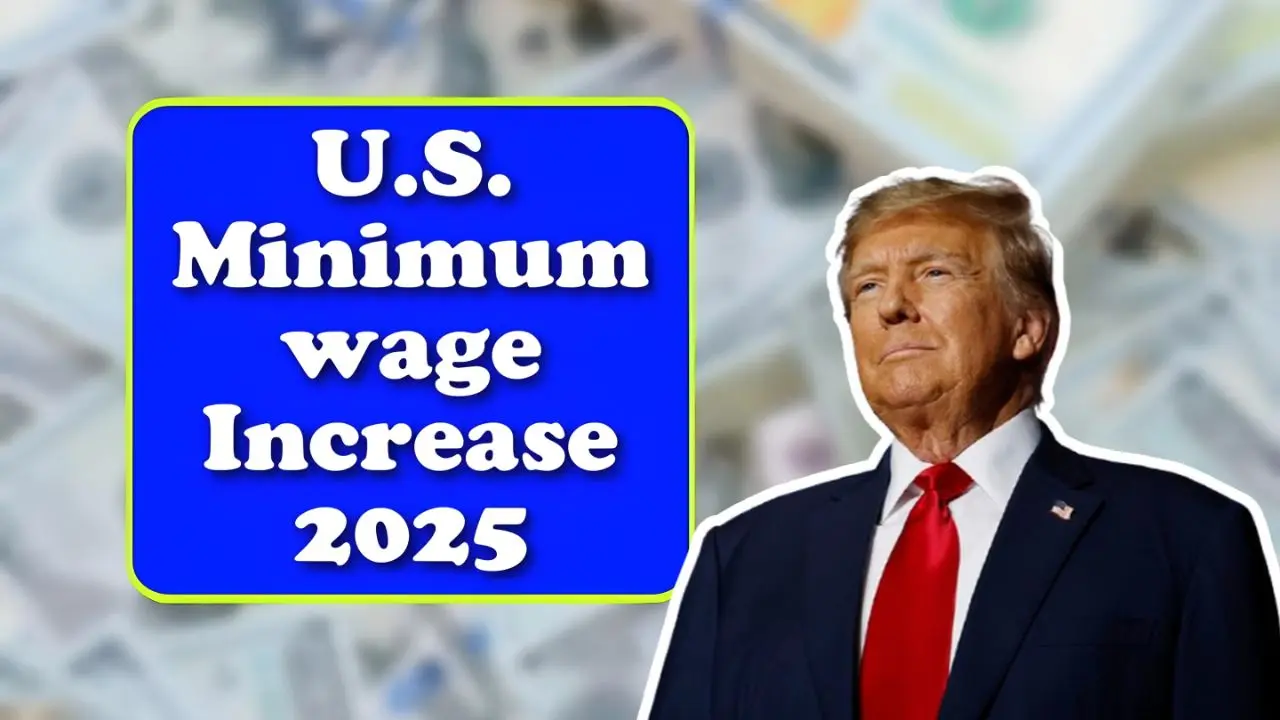There will be sweeping changes in the minimum wage laws in many states from 2025 onwards in the United States. These increases are being implemented as part of broader efforts to uplift the living standards of the poor, working population, and to reduce income inequality. An employer and employee alike must make themselves familiar with the updated rates for compliance and payroll purposes.
Overview of the Minimum Wage Increase
The aforesaid federal minimum wage has remained pegged at $7.25 per hour, yet states and cities have been cloning several higher pay rates that keep pace with inflation and rising cost of living. For 2025, numerous states have approved minimum wage increases ranging from modest to sharp, so as to maintain a drastic improvement in workers’ pay. Actors there are to pay workers-worthy compensation, of course, commensurate with the cost of living in that particular area.
The new rates drastically vary from state to-state. For instance, California, New York, and Washington now possess higher minimum wages than the national baseline, owing to the higher incorporated cost of living in those areas.
Other states with much lower cost of living have implemented smaller increases to gently adjust the wages. Some of the local municipalities within these states have higher rates even, thus making sure that the workers who dwell in the urban centers are paid adequately as per the local economic realities.
Effects on Workers and Employers
These increases in minimum wage rates have beneficial effects on employees with increased take-home pay needed for basic living accommodations, healthcare, and even school fees. That translates for employers, however, to reviewing payroll budgets with changes made to employment contracts and considerations into state labor requirements. Other policy programs that may be affected are issues concerning overtime cooperation, part-time, and seasonal work, as these would now go at new hourly rates.
Why This Matters
Such changes are part of a wider reform process to promote a minimum living standard and facilitate spending. Higher-paid workers would then actively participate in the economy that sustains businesses and local communities. Keeping up with current minimum wage levels allows employees to be rightfully compensated, thus avoiding any compensation-related disappointment.
Conclusion
In 2025, the increase in the U. S. minimum wage represents tellingly bold support for working men and women from all around the country. Being mindful of the differentiated wage rates by states will help prepare the labor force as well as the employers for a smooth transition period and the speedy implementation of labor laws.
